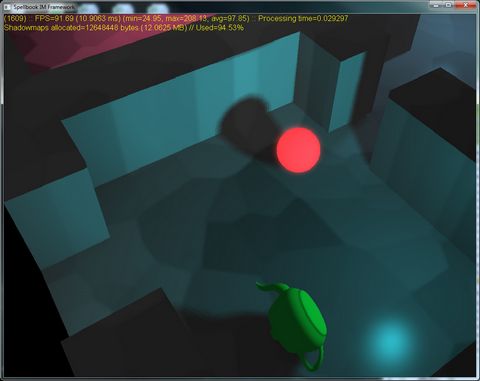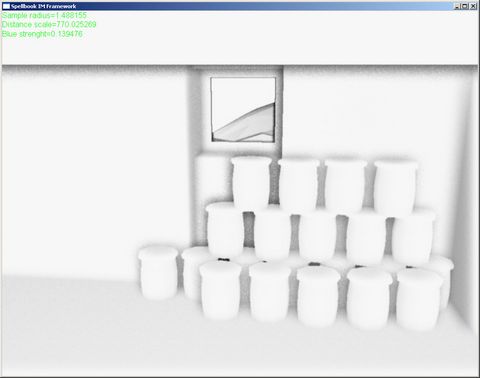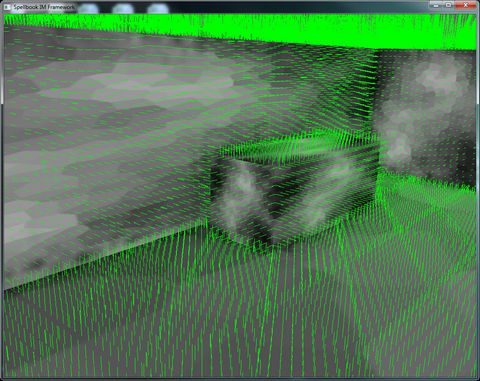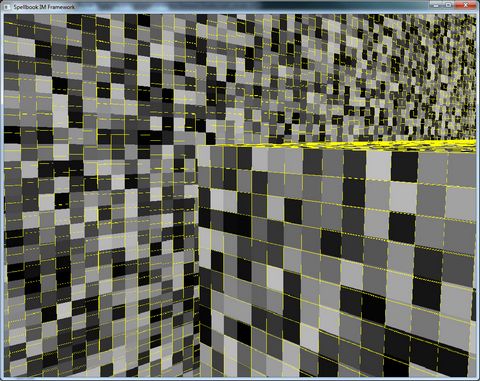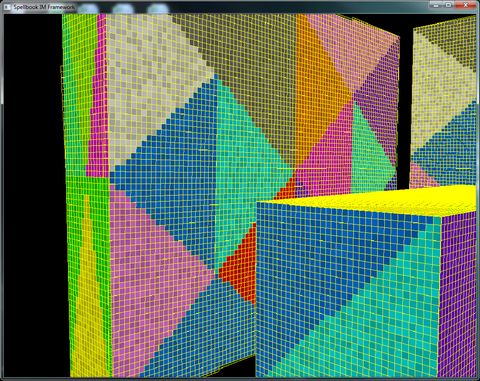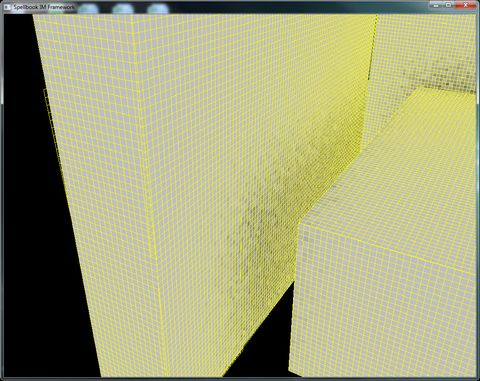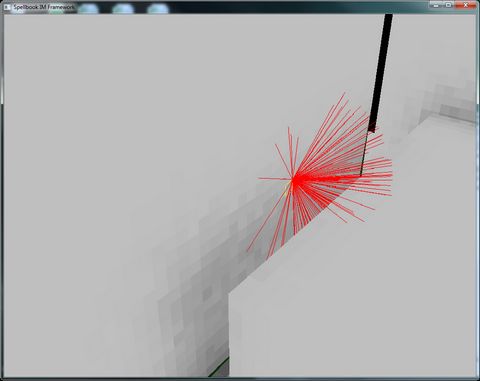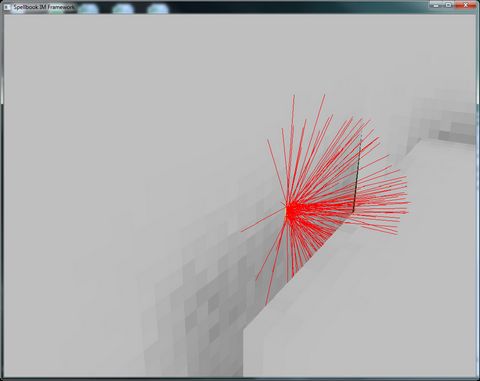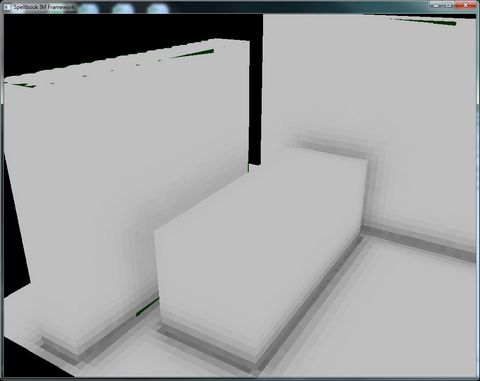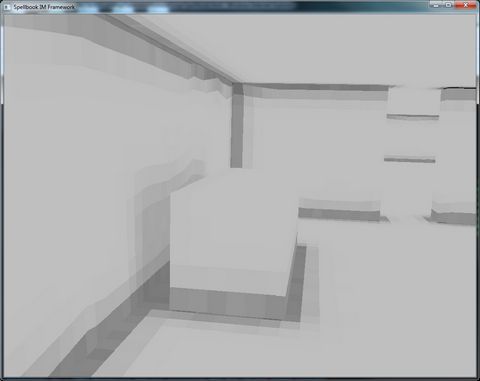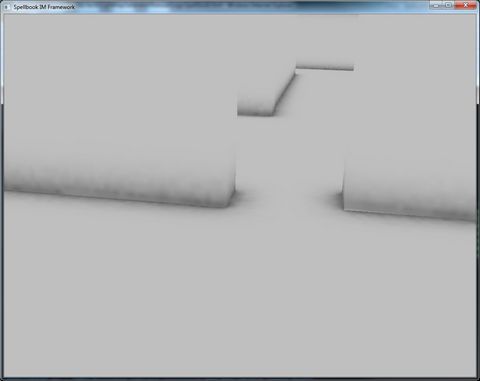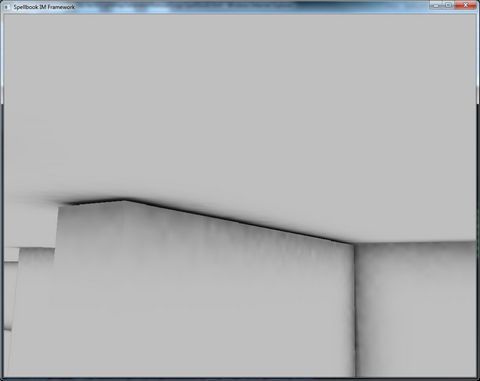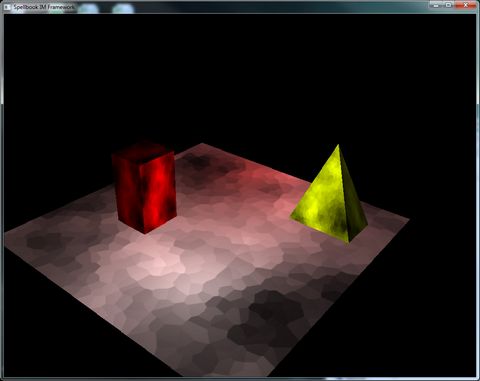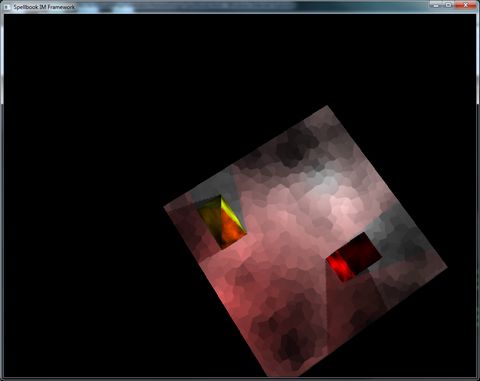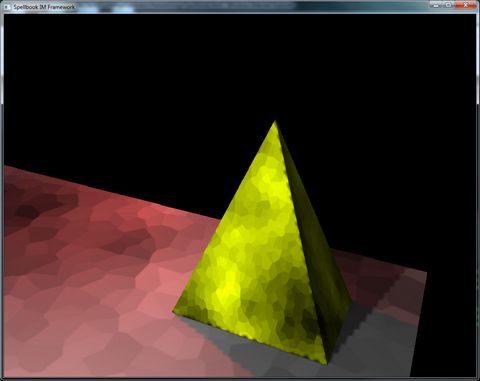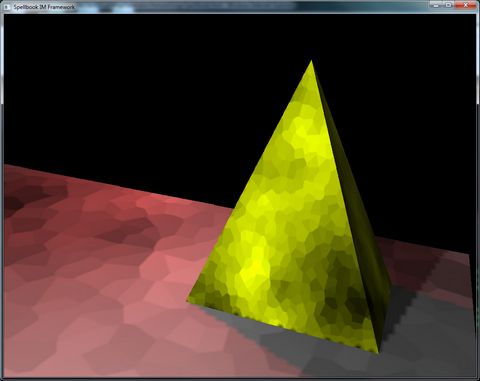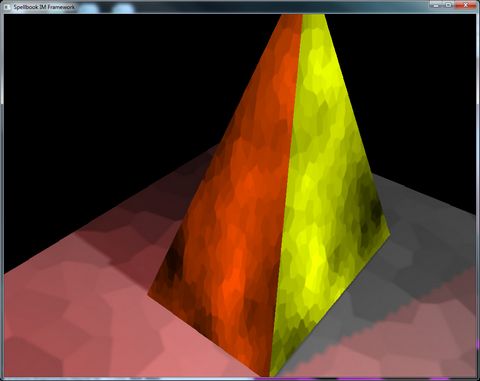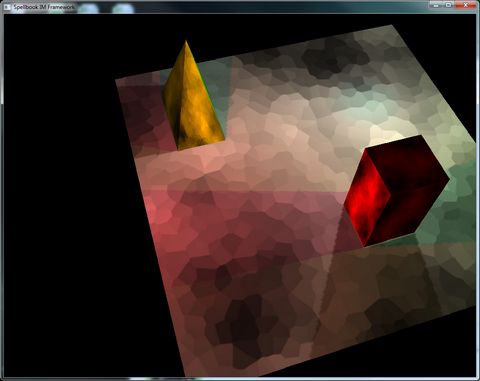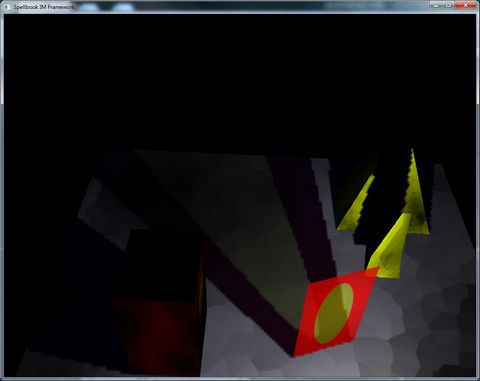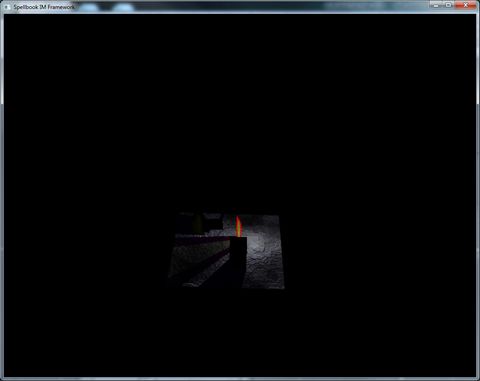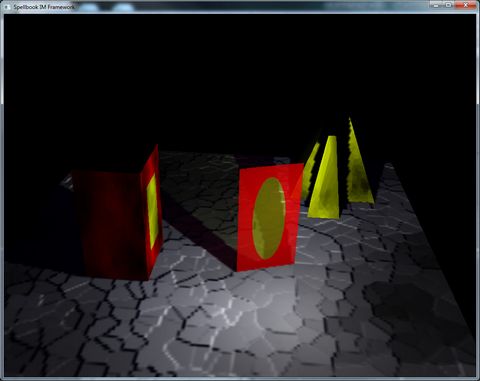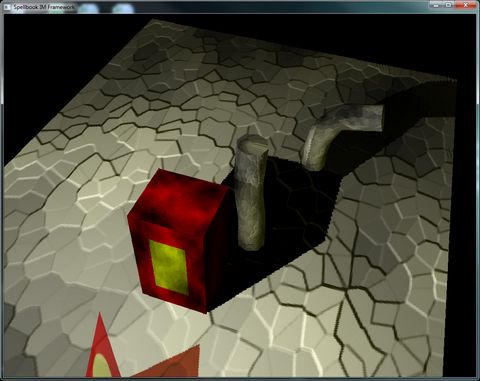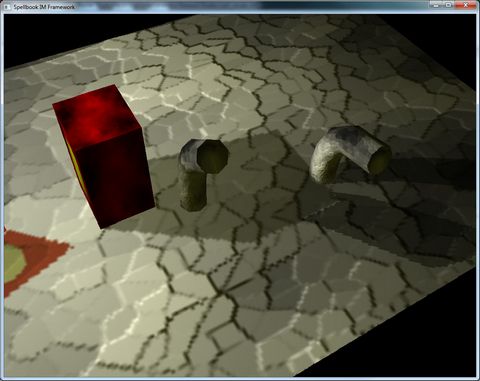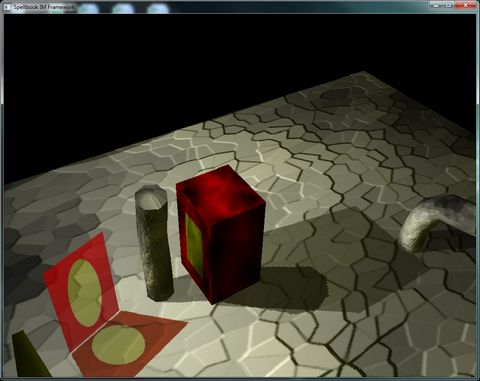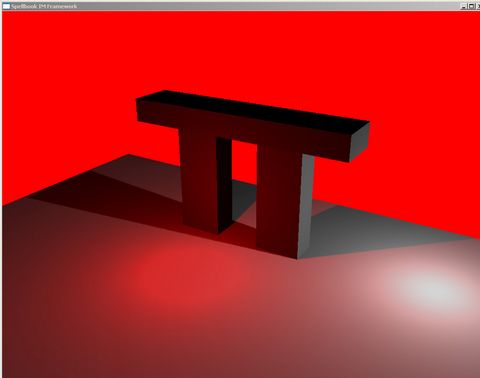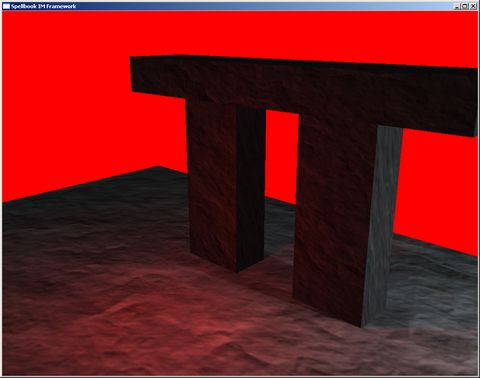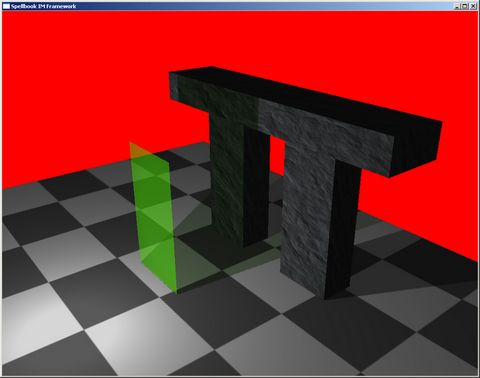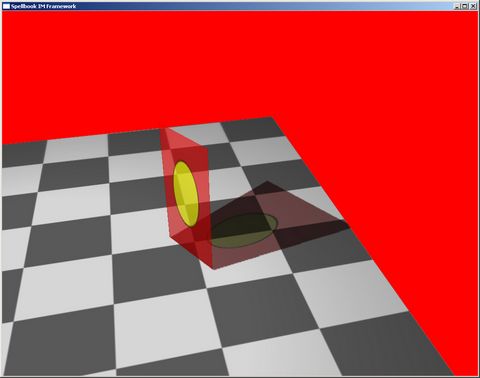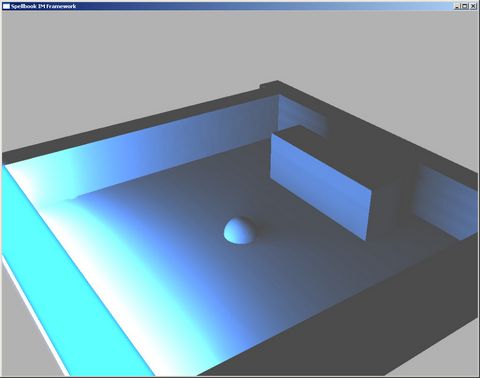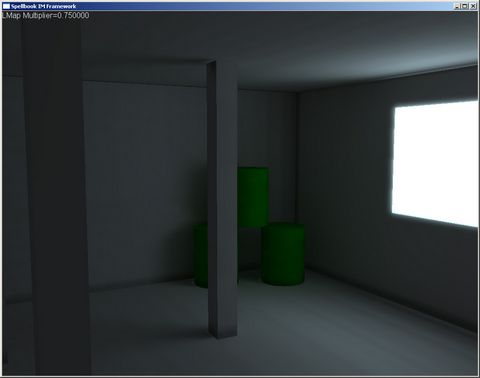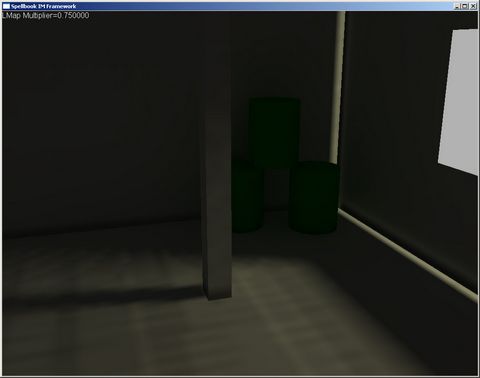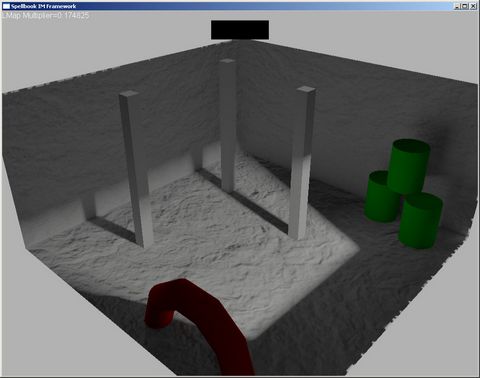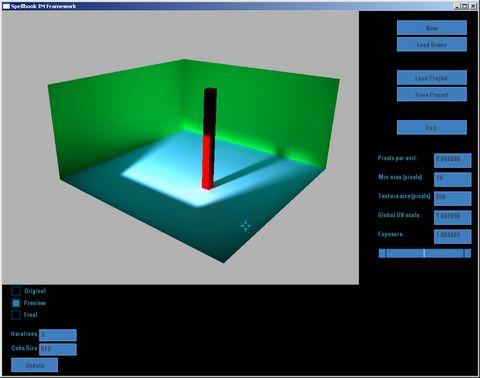Well, there go my good intentions… work and laziness have won, and I’ve not been updating… But I’m going to try to change that again, starting this weekend: another Ludum Dare competition!
I’ll probably participate in it, using my usual framework, that needs some more work on it, since I want to add support for skeletal animation (through my own Reality format)… I want to try my hand in designing some 3d characters and animating them…
On the game playing front, not much going on… Played through "Dragon Age 2" and I’m playing "Metal Gear Solid IV" (which I probably won’t be finishing), besides loads of "Band Hero" and some "World of Warcraft".

"Dragon Age 2" was nice, but it’s nowhere as good as Mass Effect… the CRPG component (the stats and skills part) is almost absent (it’s a very basic system, in which you really don’t really feel any impact on the decisions you make), but the RPG part was actually very good, since I felt my decisions impacted the game world and the distinction between "good" and "bad" decisions was very blurred in some instances, which made it more "real". The gay thing everybody’s talking about was taken a bit too far, in my opinion… I almost felt raped (and I think this runs a bit against the whole "gay is a choice, not a disease" vibe the developers wanted)… Another bad decision (in my humble view, of course) was the fact that the "troubles" were too local… although it ends up being more "real" and different from the usual "thou must taketh the artifact to somewhereth elseth", it takes a lot of the "epic" from it…
In other perspective, the graphics were sometimes appallingly bad (except for the facial rendering, which was very good, although a bit wooden in terms of expressions, but that’s to be expected in this kind of massive games), but it was a competent affair most of the time.
All in all, the game is interesting, and I had a good time playing it, but I think the series is going in a direction I don’t care much for (but again, this is a matter of taste)… 7/10
On the other hand, "Metal Gear Solid IV" is terrible…. I fail to understand why people loved this so much… the story is convoluted and makes little sense (and the sense it does seems like a soap-opera), the graphics are average, the storytelling is erratic, the missions are dreary and punishing (checkpoints at the beginning of the level only?! What is this, 1985?!), terrible controls…
Don’t get me wrong, I don’t have anything against the series as a whole, I loved the first 2 MGS, they had proper pacing (even if the story was already terrible), but this one is just a grind to get to the next (idiotic) cutscene… Maybe the problem is me, but I think that a stealth game should give us enough stealth opportunities, with loads of different paths, etc, and not make us wait behind a car for 1 minute for the patrol to go away, for lack of other paths… this hurts when you’re doing the scene for the n-th time, always getting a bit further using stealth… I end up finishing the levels by shooting everything, which kind of defeats the whole "tactical espionage" thing, in my opinion… 4/10…
Since I’m just bitching about stuff… I’ve been working on an iPad application for work… and I hate Macs more and more each day… 🙂 The fact that I connect my nice keyboard to it and it still doesn’t map all keys correctly (not even using Ukalele and other such applications) pisses me off to no end… And don’t get me started with XCode! I’ve ended up mapping a directory of the iMac to my harddrive and just using Visual Studio to develop, just using the iMac as a compiler (BTW, if you want to share a keyboard and a mouse only, without need for video, take a look at Synergy, which is a software-only solution for multiple systems, which is pretty cool if you want to do stuff like I’m doing)…
Even so, I’m still stuck with debugging with XCode, which is terrible for a person that’s used to Visual Studio’s debugger… I know half the problems I have with it might be solved with some web-searches, etc, but how hard would it be for me to be able to see the contents of an STL vector right in the debugger window out of the box?!
The iPad itself is not a bad piece of hardware, my application runs lots of triangles (even a bitmap based font renderer, which is pretty triangle heavy) without any big problems… I can definitely see the potential for gaming in that platform, although I don’t think most games play well there (the ones that use a "virtual d-pad" and stuff don’t work too well for me); but it’s easy to see the appeal for independent game developers… I’m more of a PC-dev guy, since most my game ideas are of a different focus that doesn’t translate well for iOS devices.
So, that’s it for now… Hopefully I’ll be more regular again from now on… want to get my hands on that "Portal 2" thingy, and Pixel Junk’s "Shooter 2", besides improving on my artist skills, so I can do better on competitions…
